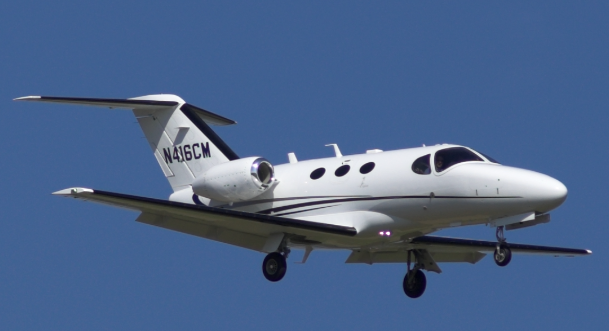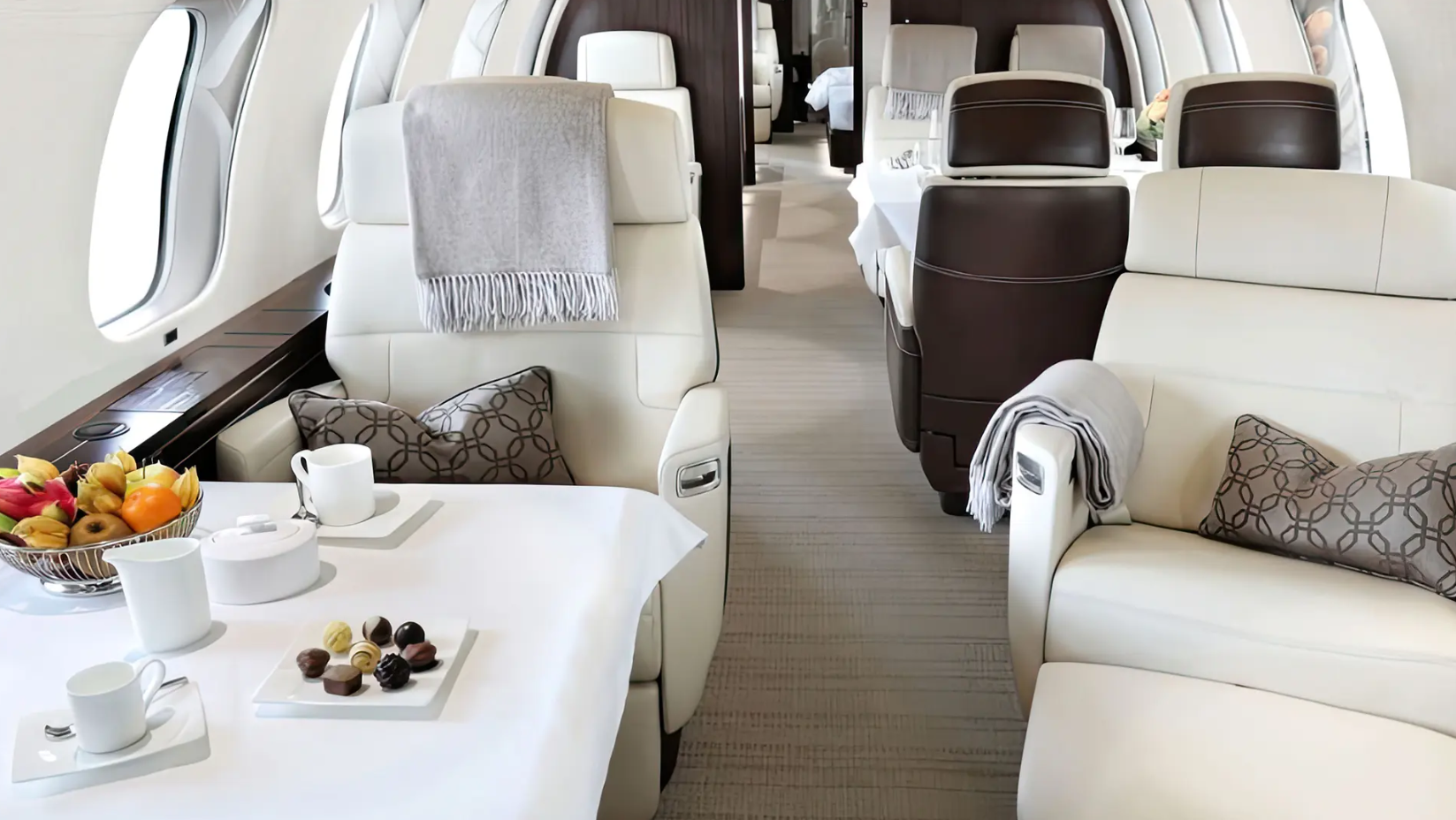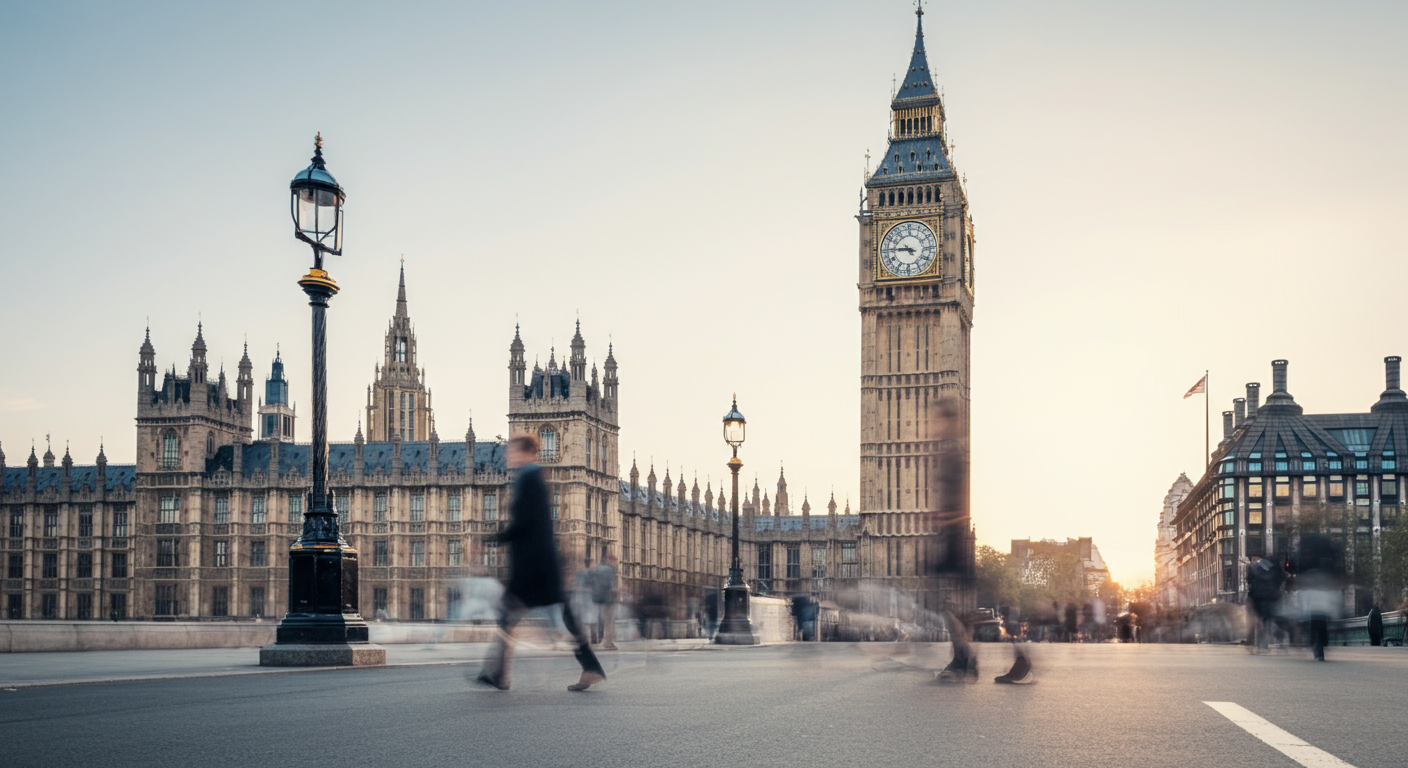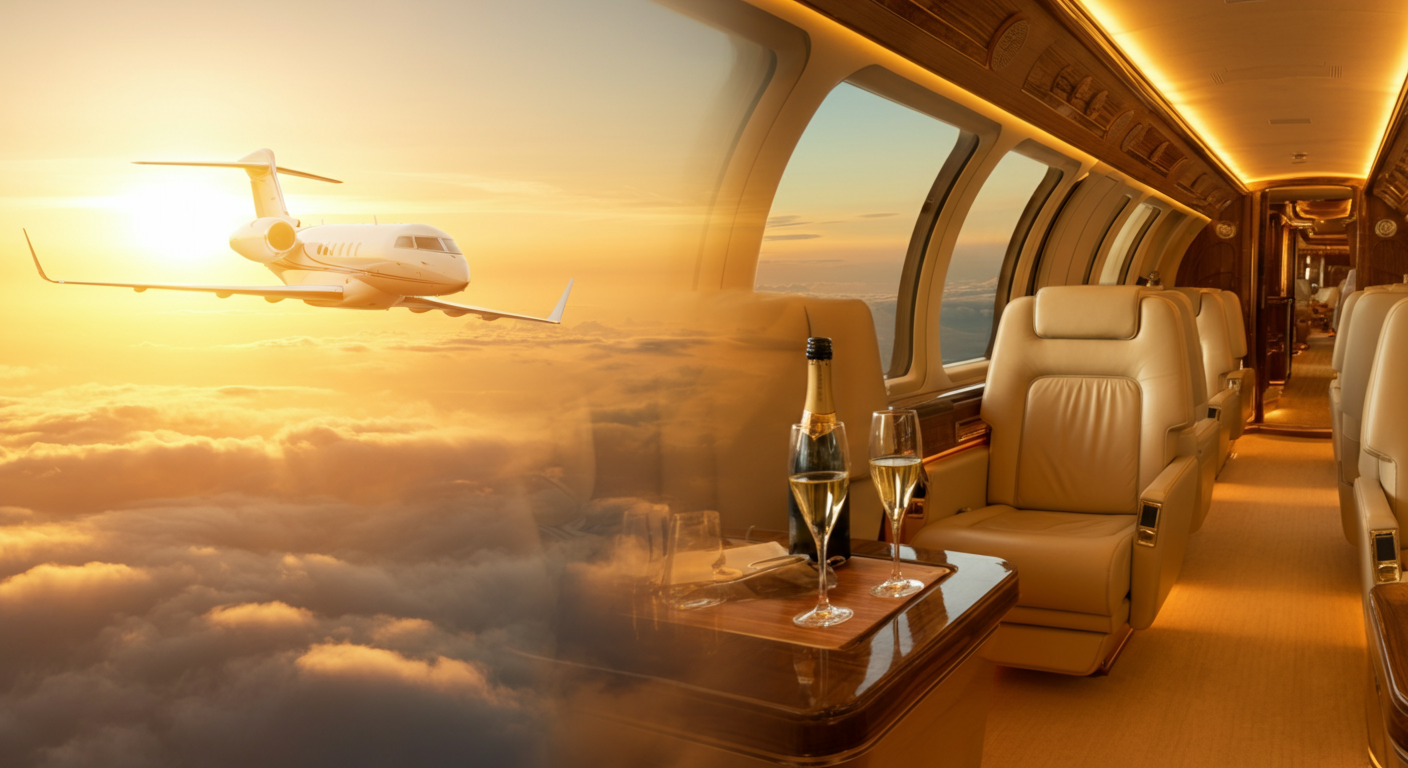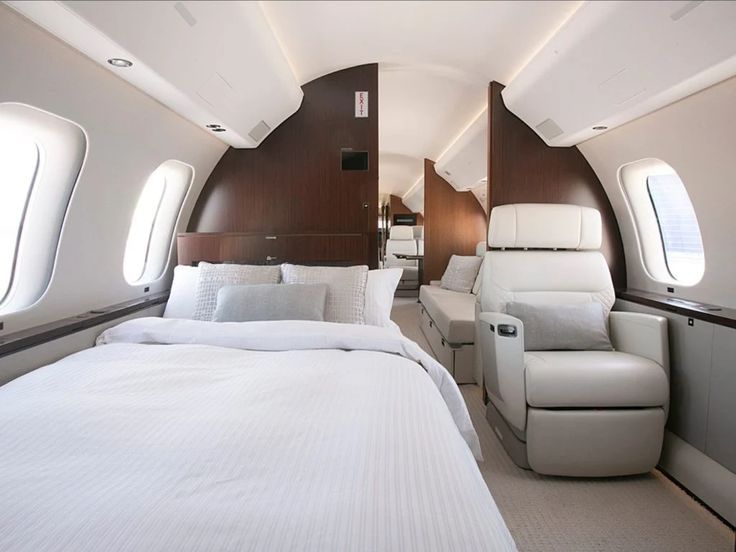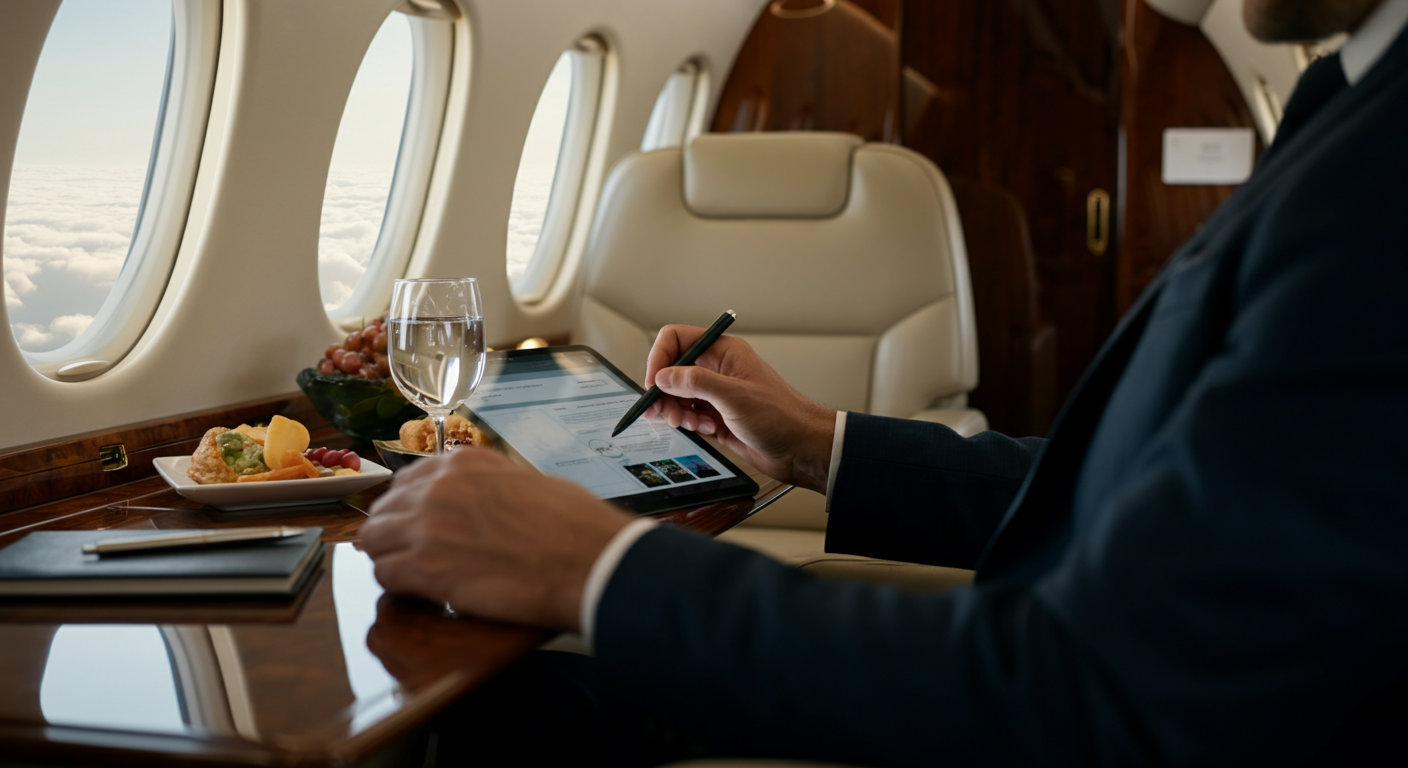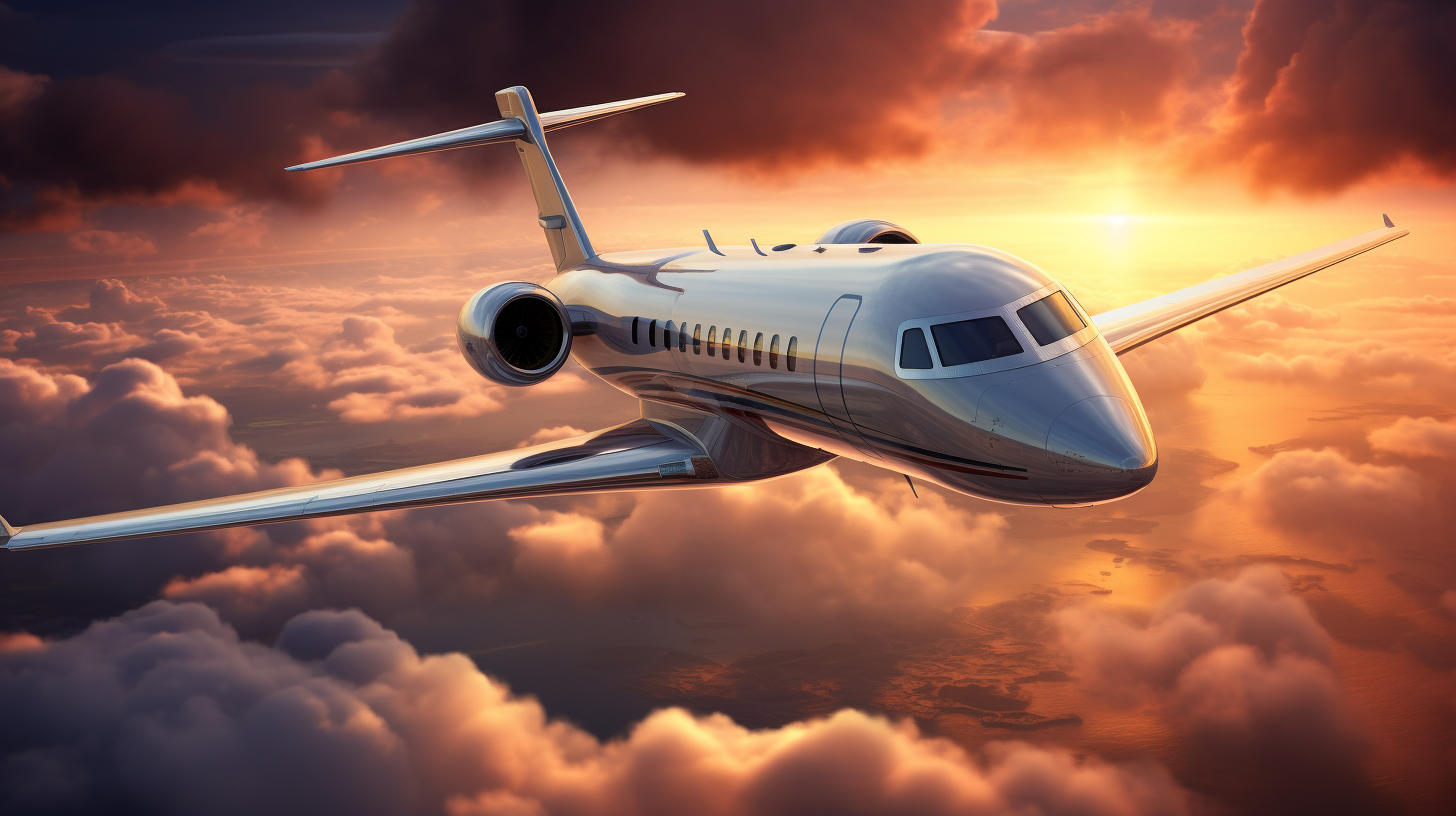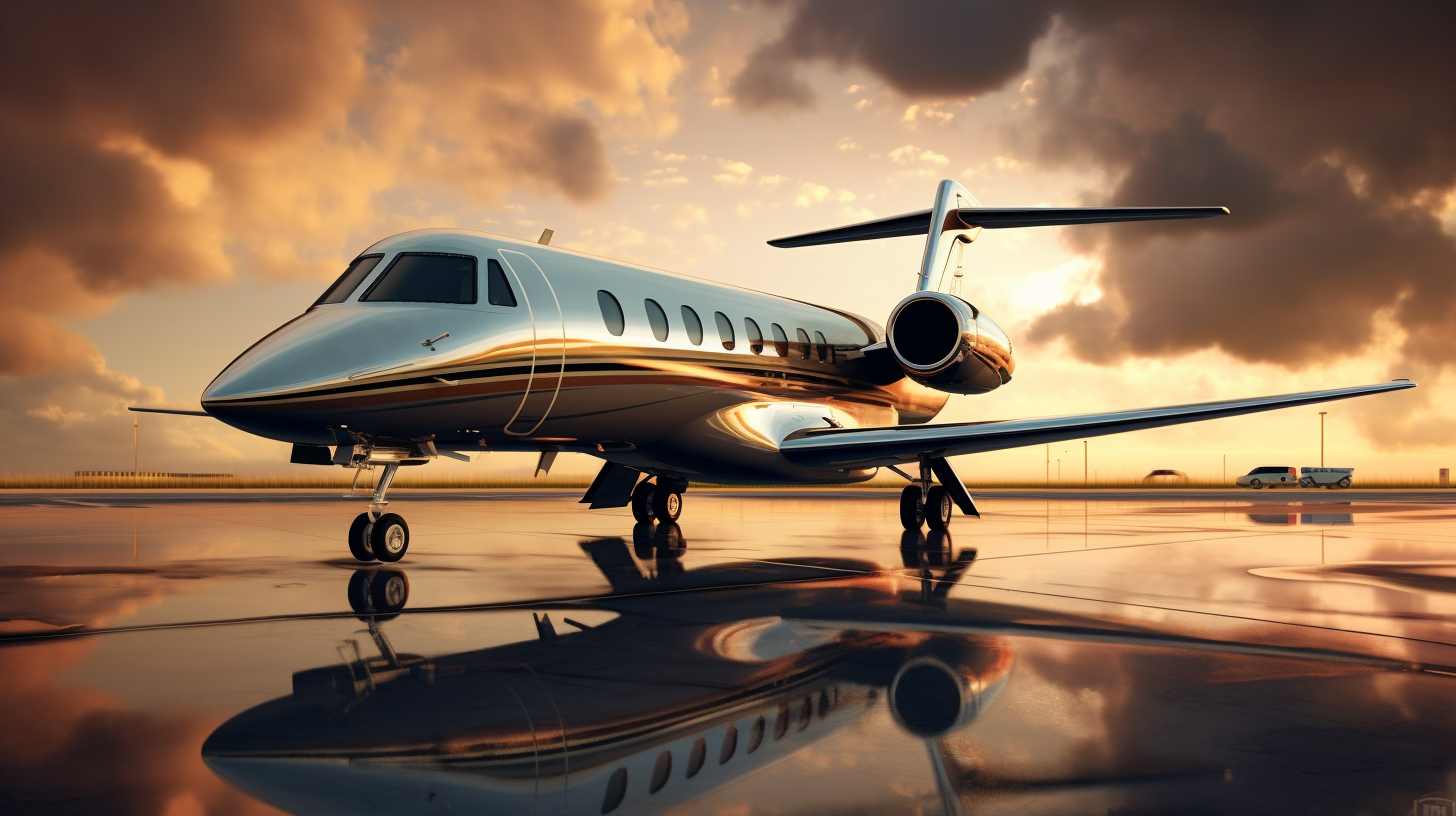Latest articles

Understanding winds aloft forecasts: A guide for aviators
4/7/2025
Insights & News
Jet bridge definition: The essential airport connector
4/7/2025

Insights & News
Vortex generator : Definition
4/7/2025

Sustainable Travel
What is SAF (Sustainable Aviation Fuel) in private aviation?
3/18/2025

Insights & News
Aerodrome vs airport: Key differences
3/18/2025
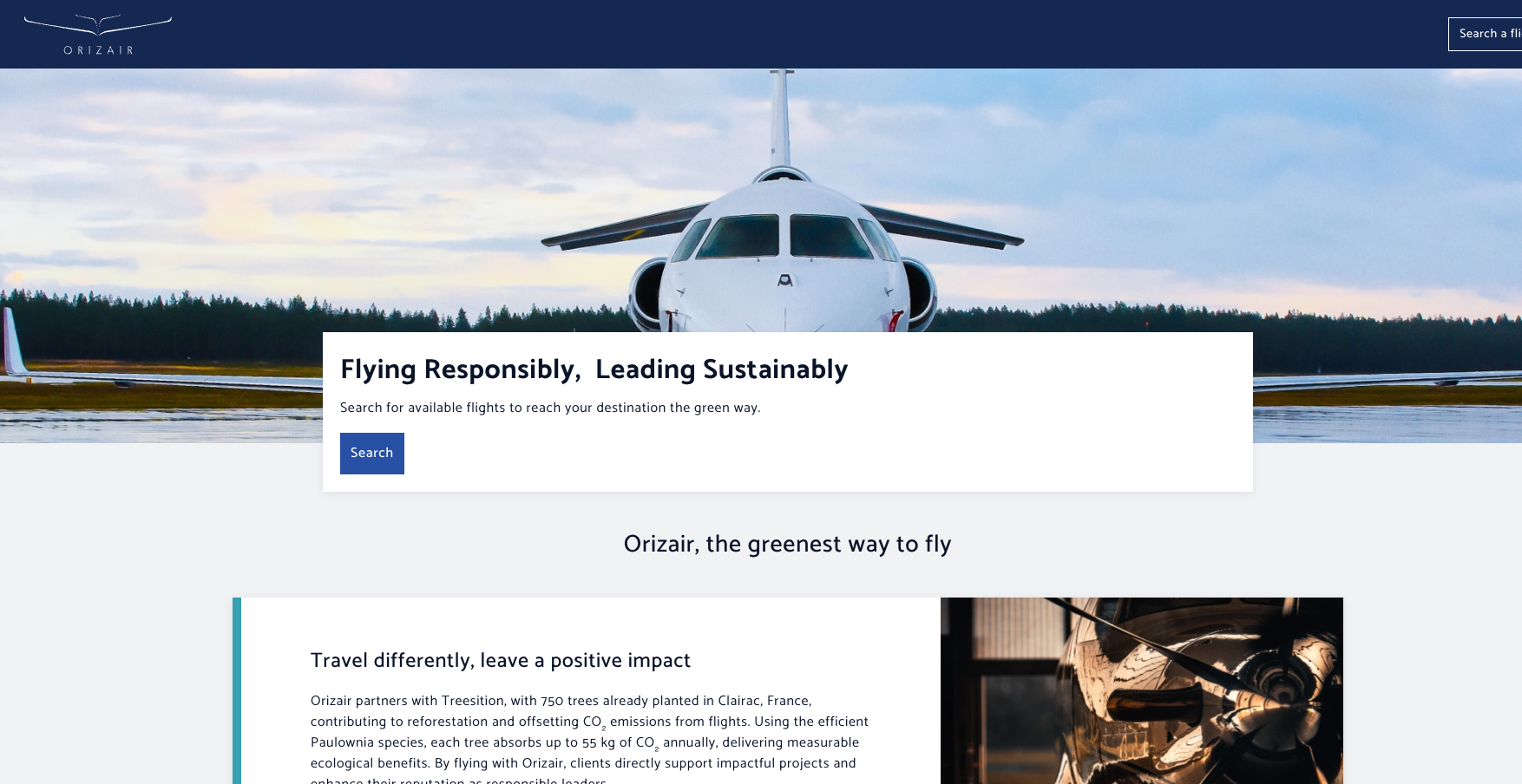
Innovations & the Future of Aviation
Orizair: Revolutionizing private jet travel for business leaders
3/18/2025
